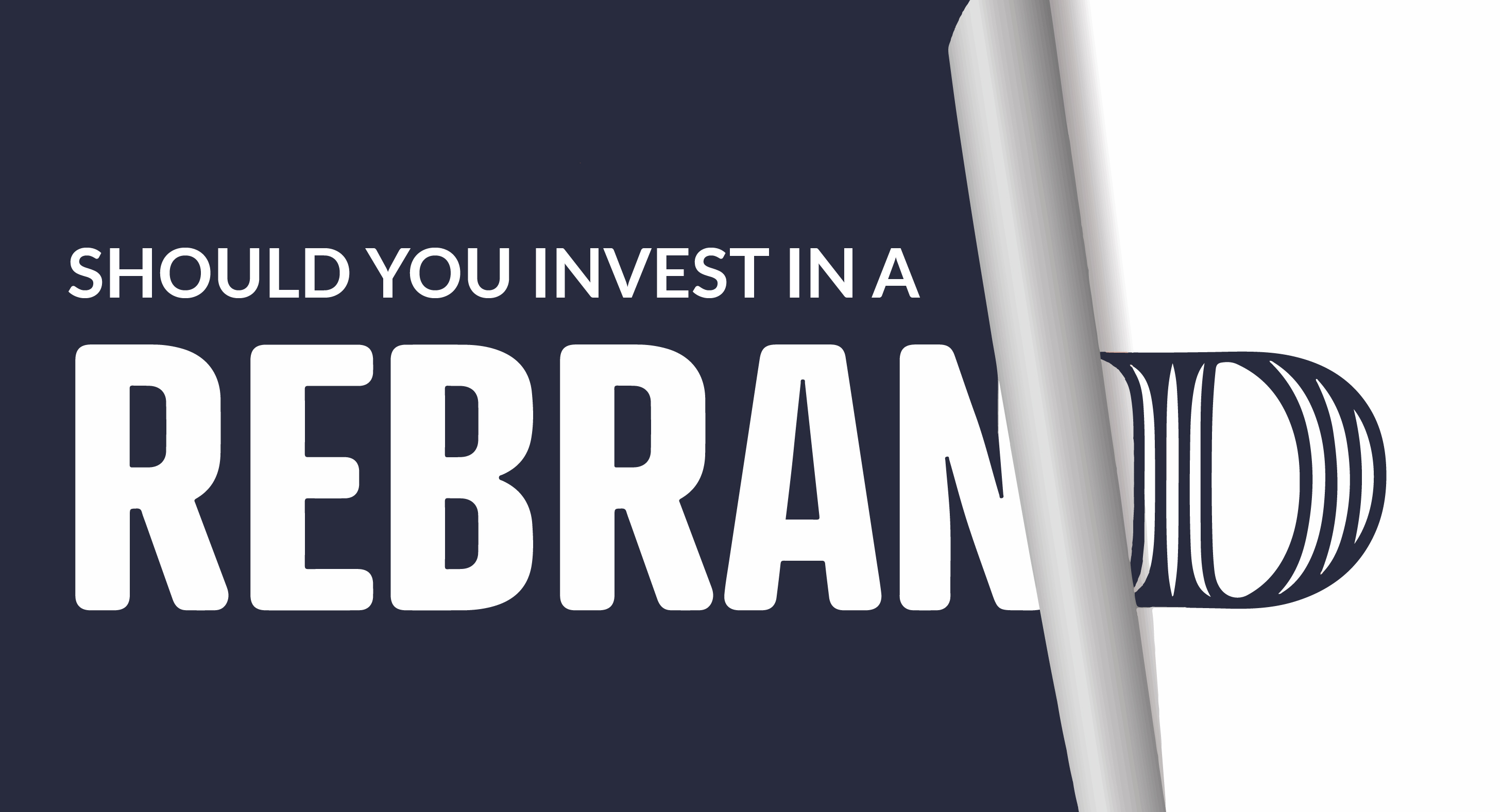How do you know if your business is ready for a rebrand and what does it actually mean to rebrand? The good news is that a rebrand does not necessarily mean throwing out all the many years of brand equity and hard work that you have already invested in. And while it depends on the project, it usually comes down to retaining the elements that make your business really special and which are already working, and then carefully readdressing the ones that need to be upgraded. The first port of call is defining what parts of the brand require a complete overhaul, how things can evolve and then carefully choosing what elements should stay.
Start with company mission and purpose
Ask yourself what customers experience when they engage with your brand? Do they simply benefit from a list of features, or do they have a deeper engagement with what you stand for and whether you are the right company to fulfill their needs? In other words, do you appeal to them beyond the surface. This highlights how important the communication of values is for a brand. If you discover that your values and mission are unclear, or even worse, don’t actually align with your brand in its current form, then this needs to be rectified. The work required here is to clarify your mission and company purpose and align this with your business. This is a very powerful move which will ensure you build a stronger and more robust company from the inside out.
What is your positioning and market differentiation?
Positioning refers to where your brand is positioned in the market but more importantly, where your business sits in the mind of your customer. Your brand positioning needs to be very clear and obvious to anyone who engages with you as this appeal will entice them to select you over the competition.
Is your brand voice and mission in alignment?
Consistency around your brand and messaging is everything. When there is harmony across your strategy and communication, the result is harmony, recognition and loyalty which all succeed in building trust with your customer. This also applies to consistency in communication style so it comes down to ensuring that your brand image and copy writing (for example) are of equal standards and feel like they fit well. When there is inconsistency, you erode your customers' perception of the brand. For example imagine what it would feel like if BMW had a snooty tone or if Microsoft used a childish font. This is a worthwhile gap to fill as it carries a subtle but vital line of communication.
Are you just evolving or are you changing into a new company?
This is an important question to ask yourself. If your company is changing lanes, this will have a very different branding requirement versus if the company is simply upgrading. You may not remember, but Netflix actually used to be a mail-delivered DVD service. The company vision was to change, first by becoming an online content distributor but then to become an independent content creator. When they evolved in this way, their branding followed suit and was hugely successful. This kind of rebranding requires careful thought and planning in order to consider how a rebrand can capture the essence of this new vision and portray it to the public in the most successful way.
What are the different kinds of rebranding?
There are three main types of rebrands:
-
Brand merger or acquisition
This occurs when two brands come together to form something new. This works best when the two brands are cohesive. When they aren’t it may be better to form a whole new brand identity and this takes more time.
-
Brand refresh
This refers to an upgrade of the logo and shifting the focus on the mission itself. This is then a far less invasive process and is quicker (and cheaper) to execute. Bearing in mind that it will still require an updating of all printing, signage, website, social presence and anything else that carries existing design.
-
Complete rebrand
This refers to completely reviewing your brand identity and rebuilding it from the ground up. Maybe you are expanding your market, perhaps there is a big management change and your brand needs to reflect this new direction. Whatever the reason, a full rebrand is much more comprehensive, time consuming and expensive. This should only be done when absolutely necessary in order to drive the business forward.
The bottom line
Rebranding is a strategic decision that you take on when your business needs to evolve with the times and re-engage with the market in a fresh way. As this can take a lot of time and requires big investment, it is important to consider if this is the right move. When done well though, a successful rebrand can elevate your business, open you up to new markets and cement your vision for future growth. Rebranding is considered a growth-enhancing investment as it pays for itself in the long run. If you feel your business could benefit from a rebrand, consider a Merchant Cash Advance to fund this project. The fast turn-around times and retail-orientated repayment methods will give your business a chance to breathe while the changes take place and the benefits take hold. So contact us today to find out how we can fund your ambitious growth.

